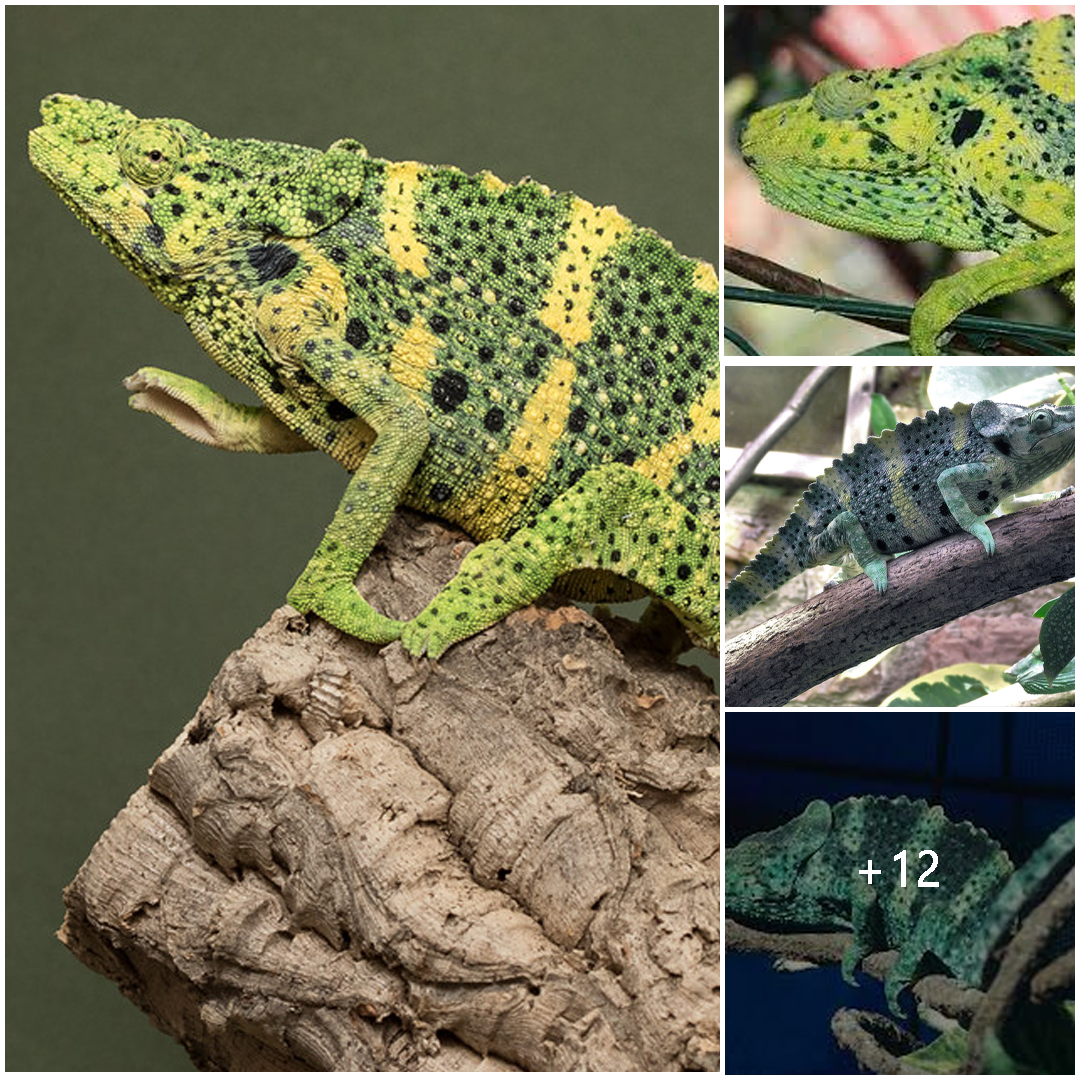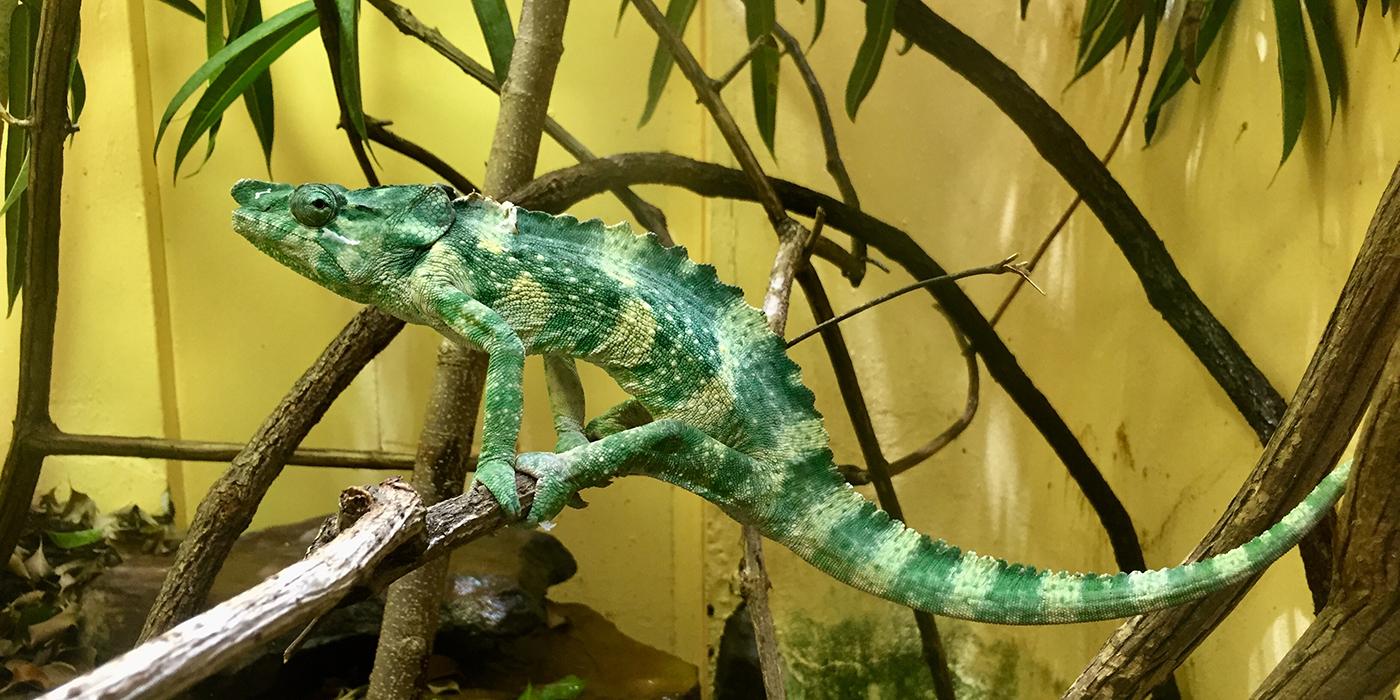
Meller’s Chameleon: The Enigmatic Reptile of Eastern Africa
Meller’s chameleon, scientifically known as Trioceros melleri, is a striking reptile native to the montane forests and highland regions of eastern Africa. Renowned for its vibrant colors, unique morphology, and elusive nature, this chameleon species has long fascinated scientists and enthusiasts alike. Let’s delve into the captivating world of Meller’s chameleon and uncover what makes it such a remarkable creature.
Habitat and Distribution:
Meller’s chameleons are primarily found in the montane forests and high-altitude grasslands of eastern Africa, including countries such as Tanzania, Kenya, and Uganda. They inhabit dense vegetation, where they can blend seamlessly into their surroundings and take advantage of the abundant insect prey available in their environment.
Physical Characteristics:
One of the most striking features of Meller’s chameleon is its impressive size, with adults reaching lengths of up to 60 centimeters (24 inches). They have a distinctive casque, or helmet-like structure, on their heads, as well as prominent ridges along their backs. Their coloration can vary, but they typically exhibit shades of green, yellow, and brown, providing effective camouflage in their forest habitat.
Adaptations and Behavior:
Meller’s chameleons are well-adapted to their arboreal lifestyle, with specialized feet that allow them to grip onto branches and climb with ease. Their independently moving eyes provide them with panoramic vision, allowing them to scan their surroundings for potential prey and predators. Like other chameleon species, Meller’s chameleons are also known for their ability to change color, although this is primarily used for communication and thermoregulation rather than camouflage.

Reproduction and Lifecycle:
During the breeding season, male Meller’s chameleons undergo striking color changes and engage in elaborate courtship displays to attract females. After mating, females deposit clutches of eggs in secluded locations, such as leaf litter or decaying vegetation. The eggs hatch after several months, and the young chameleons are independent from birth, fending for themselves in their forest habitat.
Conservation Status:
While Meller’s chameleons are not currently considered endangered, they face threats from habitat loss due to deforestation, agriculture, and urbanization. Additionally, they are sometimes collected for the pet trade, although regulations are in place to mitigate this threat. Continued conservation efforts focused on preserving their forest habitat and raising awareness about the importance of protecting this unique species are crucial for ensuring their long-term survival.
Conclusion:
In conclusion, Meller’s chameleon is a captivating reptile with a unique blend of physical adaptations and behavioral characteristics. Its presence in the montane forests of eastern Africa adds to the rich biodiversity of the region, highlighting the importance of preserving these habitats for future generations to enjoy. By studying and appreciating the enigmatic Meller’s chameleon, we gain valuable insights into the intricacies of nature and the need for conservation efforts to protect our planet’s most fascinating creatures.





